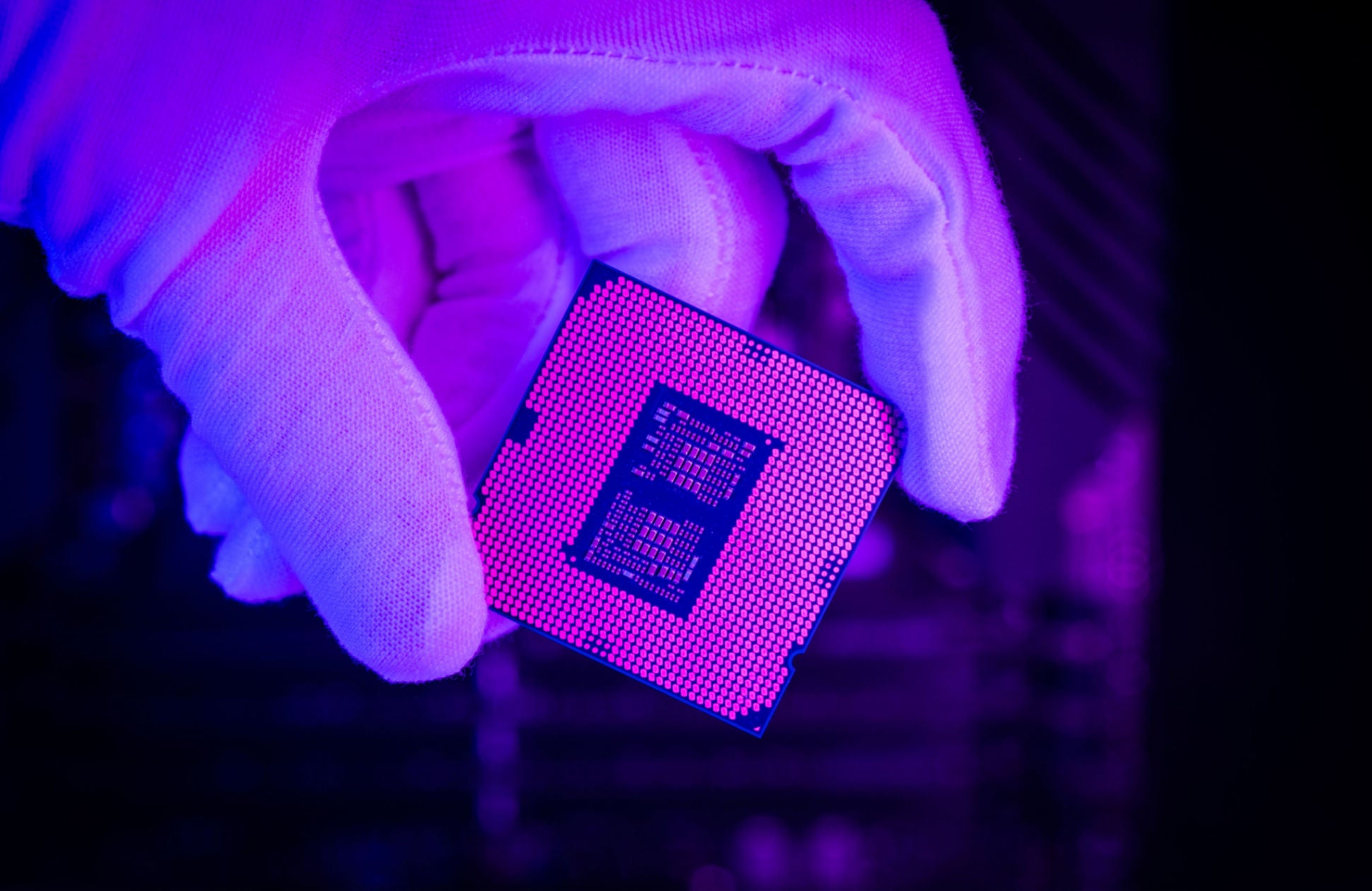Chiplets are on the menu! A ‘chiplet’ is one part of a processing module that makes up a larger integrated circuit like a computer processor. Rather than manufacturing a processor on a single piece of silicon with the desired number of cores, chiplets allow manufacturers like Intel and AMD to use multiple smaller chips to make up a larger integrated circuit.
Intel’s Foveros 3D chiplet is considered the vanguard. It introduces high data rate interconnectivity between chiplets by standing them on top of each other and delivering power and data from the package vertically.
Chiplets have become the accepted semiconductor solution to the ever-increasing demand for more computing power. Module building blocks have moved semiconductor innovation from system-on-chip (SoC) to system-on-package (SoP) chip architectures because the feasibility of implementing complex systems on monolithic dies had reached its physical and economic limits.
Chiplets can save the day
At the end of July 2022, when Intel turned in worse-than-expected quarterly results, slashing its full-year guidance, its finance chief David Zinsner admitted, “We do think we’re on the bottom.”
But look into the near future and you will see that Intel’s future looks brighter, for two reasons. Firstly, its pivotal role in one of the chip industry’s most innovative and consequential developments: the chiplet. Secondly, as America’s earmarked ‘national chip champion’ its assurance of abundant support under the new US CHIPS Act, which unlocks $52 billion in funding to boost the US-based semiconductor industry.
Moore’s Law ‘packaged and interconnected’
In 1965, Intel’s co-founder, Gordon Moore, made the observation subsequently known as Moore’s Law, which stated that the number of transistors on a microchip doubles roughly every two years—though the cost of computers is halved. But even Moore recognized that as chip density and complexity progressed, eventually “it may prove to be more economical to build large systems out of smaller functions, which are separately packaged and interconnected.”
How well do you really know your competitors?
Access the most comprehensive Company Profiles on the market, powered by GlobalData. Save hours of research. Gain competitive edge.

Thank you!
Your download email will arrive shortly
Not ready to buy yet? Download a free sample
We are confident about the unique quality of our Company Profiles. However, we want you to make the most beneficial decision for your business, so we offer a free sample that you can download by submitting the below form
By GlobalDataThe operation of what is known as Moore’s Second Law—under which the cost of designing and fabricating leading-edge chips doubles every two years as nodes move from 10nm to 7nm, 5nm, 3nm, and who knows where—signals the arrival of an industry inflection point.
We have now reached that inflection point, with a critical catalyst being Big Tech drivers like Apple, Amazon, Microsoft, and Google moving away from monolithic, generic chips designed and made by companies like Intel and AMD, and instead designing their own proprietary chips to optimize their own proprietary software. Although they are not necessarily producing them all themselves, and they will be made in small batches, they still account for up to 30% of demand.
As with any new technology development, the first skirmish is over standards, which is why the CPU industry’s big guns—including Intel, AMD, Qualcomm, Arm, TSMC, and Samsung—have now collaborated on a new standard, named the Universal Chiplet Interconnect Express (UCIe). This defines how multiple silicon dies (aka chiplets) can be combined into a single package. It is necessary because different companies’ processors use different interconnects to enable communication between chiplets.
Intel, a potential ringmaster of the chiplet revolution
Chiplets are becoming accepted as a powerful way of meeting the ever-increasing demand for customized computing power embedded in advanced chipset packages containing different types of chips from different vendors. But as Intel itself is quick to point out, monolithic dies are going to remain the appropriate and lowest-cost option for many applications.
When chiplets fully take off, following the shift from motherboard-based generic chipsets to vertically packaged customized or customizable chipsets, Intel will have ambitions to become a specialist middleman, or ringmaster, to help deliver this revolution. On paper, it has the capability and skills, despite the manufacturing problems of the last five years, as well as the breadth of its product line. Intel will have the foundry capacity in the US by 2024–25 and in the EU by 2026–27 to make the most advanced 7nm and 14nm transistors to improve performance and reduce power draw. As the industry evolves and changes, future leadership is up for grabs.







Related Company Profiles
Apple Inc
Intel Corp
Qualcomm Inc